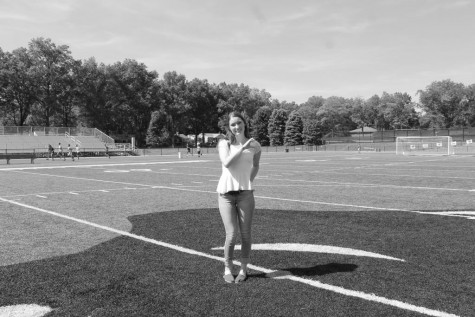Considering a new form of journalism
January 22, 2016
As journalism expands, newspapers and magazines have become second to the new fad of internet based information; much of today’s news can be found with just a click of a button.
In October 2014, a podcast titled Serial was released following the murder of an 18-year-old girl, Hae Min Lee and the trial around the homicide. Serial was ranked number one on iTunes for several weeks after it was published.
Serial: Season One, documents the murder of an 18 year-old Baltimore, Maryland resident named Hae Min Lee. The 12-part podcast was created by Sarah Koenig and Julie Snyder and narrated by Koenig. The two also created the radio show This American Life. The podcast won a Peabody Award in April, 2015. The podcast was also streamed on iTunes five million times and had an average of 1.5 million listeners per episode.
The last known sighting of Lee was at 3pm on January 13, 1999. Her corpse was then discovered and identified two days later. Lee’s ex-boyfriend, Adnan Masud Syed was arrested and charged for murder of the first degree of Lee on February 28, 1999 at 6:00 pm. On February 25, 2000, Syed was sentenced to life in prison for the homicide. Though Syed had pleaded his innocence, there was enough evidence discovered throughout the trial to convict him.
Serial consists of about 22 different people and an assortment of evidence for the listener to consider throughout the first season.
Although podcast journalism is a relatively new form of media, podcasts have become a very well-known and reliable source for many different types of information and entertainment. The second season of Serial was released in December of 2015 and the third season will be debut in spring 2016.
Along with the renowned Serial podcast, this past December, Netflix added a new documentary that immediately sparked conversation. Making a Murderer follows Wisconsin resident Steven Avery and his alleged murder of local photographer Teresa Halbach.
The 10-part series follows Manitowoc, Wisconsin resident Steven Avery and his 16-year-old nephew Brendan Dassey for the murder of local photographer Teresa Halbach. Prior to this murder, in 1985, Avery was falsely convicted of sexually assaulting a young woman. He then spent 18 years in prison for a crime he did not commit. He was released in 2003 and filed a lawsuit for $36 million.
In 2005, Avery was arrested again for the murder of Halbach, when her missing vehicle and bone fragments were found on his family’s savage yard. Dassey was later revealed as an accomplice in the process of the murder. The documentary explores the issues in the first conviction. It also suggests that the county officials may have been a conflict of interest for the 2005 investigation.
The show became instantly popular overnight, though Netflix does not release their statistics. The documentary become widely renowned and raised a lot of controversy; a White House petition was created in hopes that President Obama would take action to release Avery and Dassey from their conviction. The petition gathered around 130,000 signatures. However, the President is unable to pardon a state criminal offense.
Both Serial and Making a Murderer show that journalism can be much more than just an article in a newspaper. It can be expressed in many different ways and can only keep evolving.



